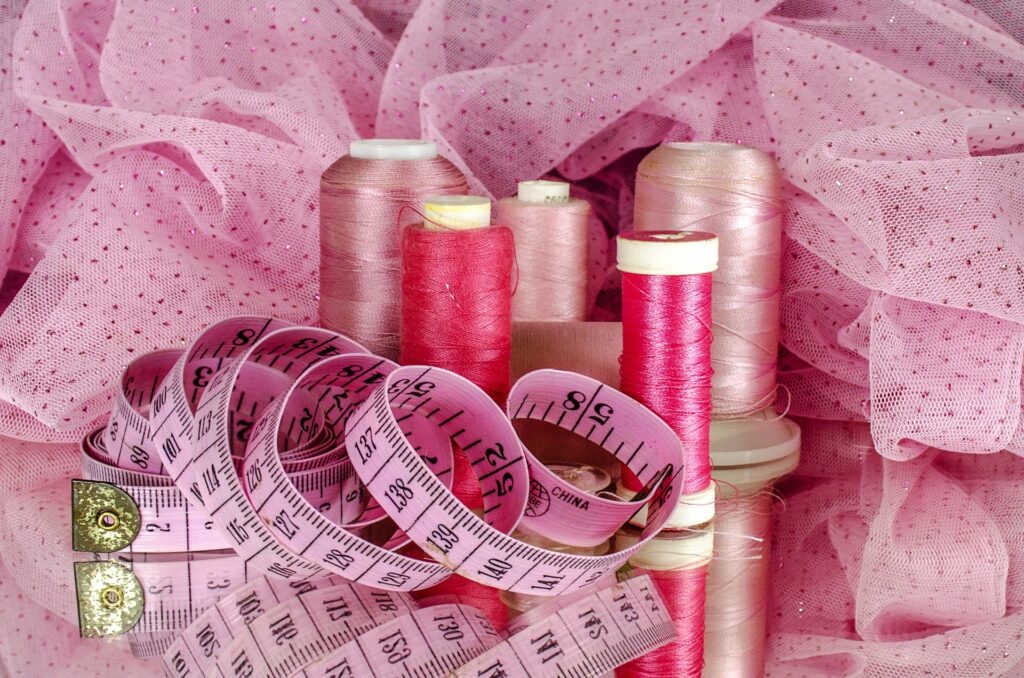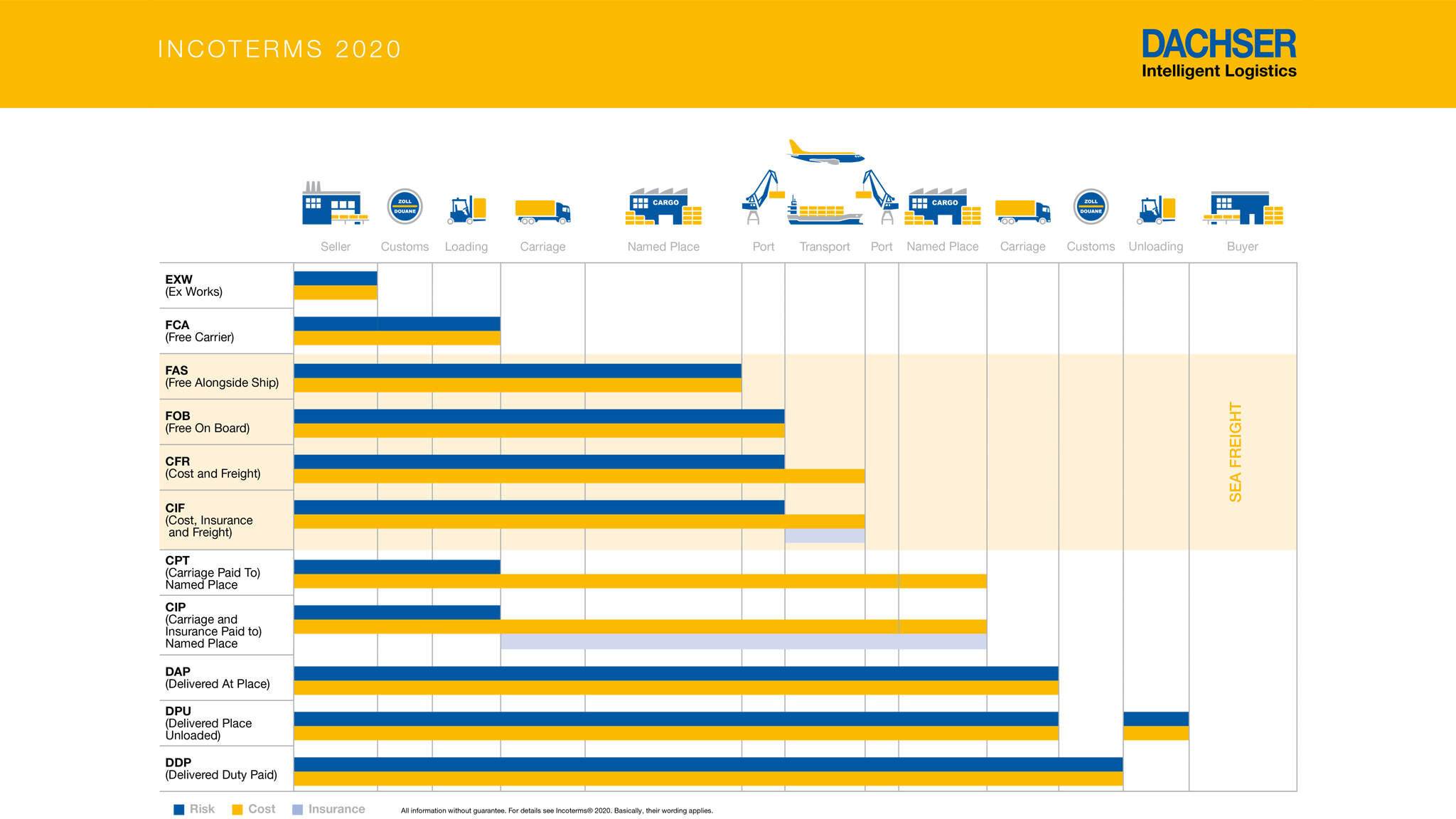The development of textiles as an industry has always been built upon three major pillars: apparel textiles, decorative textiles, and industrial textiles. These pillars represent the foundation of the textile industry, each contributing to its growth in different ways and serving a range of purposes across various sectors. Understanding these three key categories helps illustrate the essential role textiles play in both our daily lives and in many industrial applications.
Apparel Textiles: The Foundation of Clothing
Apparel textiles are the most fundamental and widely recognized category. These include the fabrics used for creating clothing, underwear, socks, and other items we wear on a daily basis. The importance of this category cannot be overstated, as it is the backbone of the textile industry. Clothing is a basic human need, and over time, the demand for diverse, fashionable, and functional apparel has expanded significantly. This has led to the development of a wide range of fabrics, from cotton and wool to synthetic fibers like polyester and nylon, each offering different properties suited to specific garments or seasons.
In addition to their functional role, apparel textiles also cater to the aesthetic and social needs of consumers. Fashion trends drive the evolution of fabrics, colors, patterns, and textures, constantly pushing the apparel sector to innovate and adapt. The ongoing demand for sustainability and ethical production practices has also led to the development of eco-friendly textiles, such as organic cotton and biodegradable fibers. As the largest segment of the textile industry, apparel textiles not only fulfill practical requirements but also contribute to cultural identity and personal expression.
Decorative Textiles: Enhancing Living Spaces
The second major pillar of the textile industry is decorative textiles, which are used to enhance living environments and spaces. These include fabrics for home furnishings like curtains, carpets, bed linens, and upholstery. Decorative textiles go beyond the basic functionality of covering furniture or windows; they play a vital role in creating ambiance and personalizing spaces. Textiles such as silk, velvet, and jacquard offer aesthetic appeal and luxurious textures that add comfort and style to homes, offices, and public spaces.
In addition to their aesthetic value, decorative textiles often have practical applications. For instance, curtains can provide insulation and privacy, while carpets may offer soundproofing and warmth. With increasing attention to interior design, this category of textiles has become an important component of the textile industry, directly influencing people’s quality of life by blending beauty and functionality. The market for decorative textiles is diverse, ranging from high-end, custom-made products to more affordable mass-produced items, reflecting the different tastes and needs of global consumers.
Industrial Textiles: Expanding Applications Beyond Fashion
The third pillar, industrial textiles, includes technical fabrics used across various sectors such as construction, healthcare, agriculture, and transportation. This category goes far beyond the realm of everyday clothing and decoration. Industrial textiles are highly specialized products, often engineered to perform specific functions. Examples include filtration fabrics used in factories, medical bandages, geotextiles used in construction, and protective clothing for firefighters and other professionals.
The development of industrial textiles has been driven by advances in technology, which have enabled the creation of innovative fabrics with enhanced durability, resistance to chemicals, or fireproof qualities. For instance, in the healthcare sector, non-woven fabrics are used to create disposable medical supplies like masks and gowns. In agriculture, textiles are used for crop protection, water retention, and soil stabilization. The breadth of applications for industrial textiles is constantly expanding, as new materials and technologies allow textiles to meet the evolving needs of different industries.
Interdependence of the Three Pillars
Although apparel, decorative, and industrial textiles serve different purposes, they are interconnected and collectively fuel the growth of the textile industry. Apparel and decorative textiles often overlap, as certain fabrics can be used for both clothing and home furnishings. For example, velvet may be used for both upholstery and evening gowns, while cotton serves as a common material for both bed linens and casual wear.
Moreover, the industrial textiles sector also benefits from innovations in apparel and decorative textiles. The same research and development processes that lead to more comfortable, durable fabrics for clothing can be applied to technical textiles in industrial settings. Conversely, the rigorous performance requirements of industrial textiles can inspire more durable, functional materials for use in apparel and decorative applications.
The demand for decorative and apparel textiles is closely tied to consumer preferences, which are often shaped by lifestyle changes, cultural trends, and economic conditions. In contrast, industrial textiles respond more directly to the needs of industries and technological progress. Despite these differences, the three categories reinforce each other, with developments in one often sparking innovation in the others.
Future Growth and Innovation
As technology continues to evolve and consumer needs diversify, the three pillars of textiles will likely see further growth and innovation. Sustainability is becoming a critical concern across all three areas. Eco-friendly materials and processes, such as recycling and biodegradable textiles, are gaining traction in the apparel, decorative, and industrial sectors. Additionally, the rise of smart textiles, which can monitor health, regulate body temperature, or even generate energy, is blurring the lines between apparel, decorative, and industrial applications.
The potential for cross-industry collaborations is immense. For example, industrial-grade fabrics could find new uses in fashion or interior design, while the aesthetic principles of apparel and decorative textiles could inspire more visually appealing industrial products. This cross-pollination of ideas will likely drive the next wave of textile innovations, as the industry seeks to address both functional and aesthetic needs in a more sustainable and efficient manner.
In conclusion, the textile industry’s three pillars—apparel, decoration, and industry—are integral to its continued growth and evolution. Each sector meets distinct needs, yet they are interdependent, supporting one another through shared innovations and challenges. As the world changes, so too will textiles, continuing to play a vital role in our everyday lives, our homes, and our industries.




